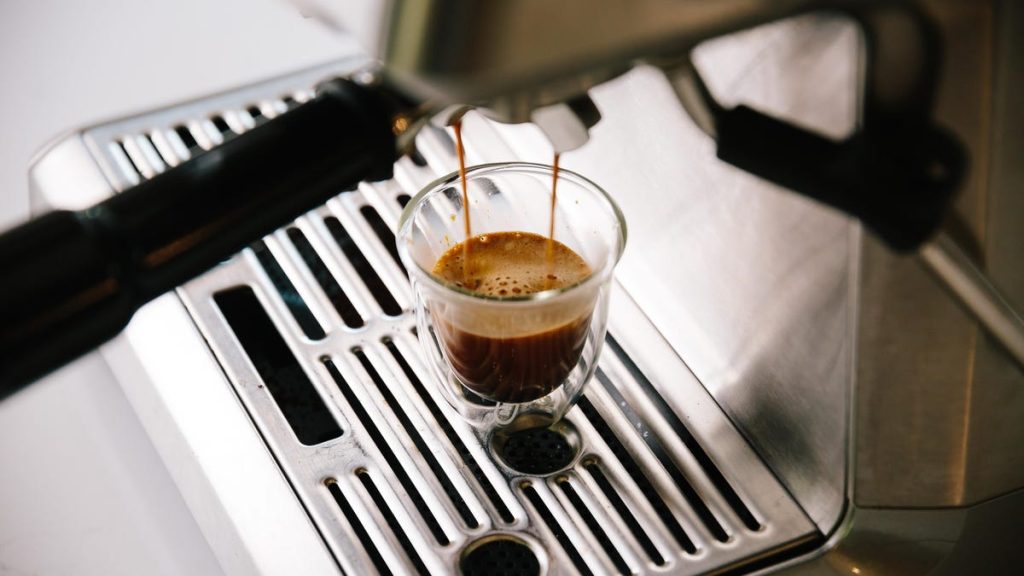People drink coffee for different reasons, with many seeking a quick energy boost from caffeine. However, finding the right balance is essential to avoid negative effects of overindulgence. Espresso contains more caffeine per ounce compared to drip coffee due to the brewing process. Espresso beans are brewed using intense pressure, resulting in a concentrated drink with around 63 milligrams of caffeine per ounce. In contrast, drip coffee is more diluted and contains approximately 12 to 16 milligrams of caffeine per ounce.
The amount of caffeine in coffee can also vary based on the type of bean used. Arabica coffee, the most common type, contains about half the caffeine of robusta beans. Most coffee brands use arabica or a blend of the two for a balanced flavor. Lattes and cappuccinos typically include two shots of espresso, adding up to around 126 to 150 milligrams of caffeine in a 12-ounce drink. However, some variations, like those from Starbucks, may have different serving sizes.
While espresso provides a quick energy boost, drip coffee often contains more caffeine in a single serving. For example, a 10-ounce coffee from Dunkin Donuts contains 180 milligrams of caffeine, while a 12-ounce Starbucks Pike Place roast offers 235 milligrams. Therefore, when comparing caffeine content between drip coffee and espresso, it is crucial to consider the volume of the drink. Understanding the caffeine content in different types of coffee can help individuals limit or maximize their caffeine intake based on their preferences and needs.
It’s important to be mindful of how much caffeine you are consuming, as overindulgence can lead to negative side effects like a racing heart or jittery hands. By understanding the caffeine content in different types of coffee, individuals can make informed decisions about their caffeine intake. Additionally, considering factors such as the type of bean used and the serving size can help determine the overall caffeine content in a drink. Balancing caffeine intake can result in increased concentration and energy without experiencing negative effects from overconsumption.
In conclusion, the caffeine content in coffee can vary based on factors such as the brewing process, type of bean, and serving size. Espresso shots contain more caffeine per ounce compared to drip coffee, with espresso providing a quick energy boost and drip coffee offering a larger serving size with more caffeine. Understanding these differences allows individuals to make informed decisions about their caffeine intake and find the right balance to enjoy their coffee without experiencing negative side effects. By considering these factors, individuals can tailor their caffeine consumption to their preferences and needs.












